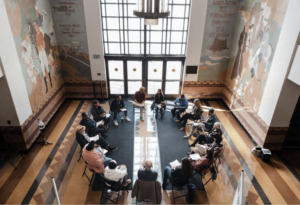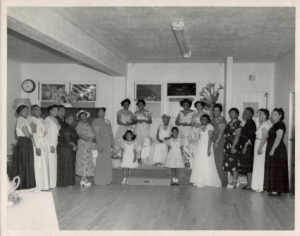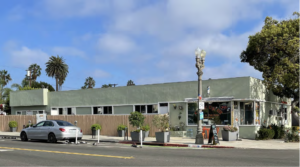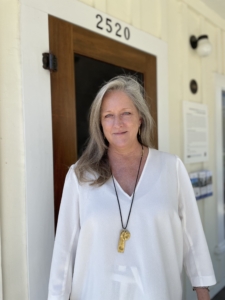Advocacy Alert: A New Opportunity for Samohi’s English Building

The Santa Monica Conservancy strongly supports the School District’s plans to modernize Santa Monica High School’s (Samohi) 100 year-old English Building for school uses. In historic preservation terms, the modernization plans are considered an “adaptive reuse” of the historic building and show a vibrant and engaging transformation to support a 21st century learning environment that gives the building another 100 years of use for future generations of Santa Monica’s students.
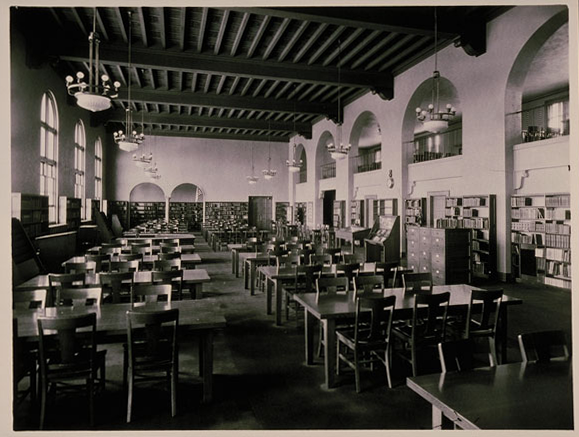
The modernization project for the English Building, presented by architect Jim Favaro of the architectural firm Johnson Favaro, is a remarkable example of an adaptive reuse project that transforms the historic building. Johnson Favaro’s proposed uses and related rehabilitation are sympathetic to the original building’s characteristics, including adapting the original library spaces for contemporary student learning. Click here to explore Johnson Favaro’s presentation.
But there is still uncertainty about whether the District will pursue the path of adaptive reuse or choose the same fate as befell the campus’ historic History Building in 2021; demolition and replacement. The District requests community input for decision-making about modernization or replacement. In the coming weeks the Conservancy will reach out to school representatives and the wider community regarding the benefits of preservation.
The English Building is a unique historical resource on the Samohi campus, as the only survuving building from the first construction period of 1924. It still retains character-defining Beaux Arts features from the original design of eminent architects Allison and Allison. Among the extensive new construction following the Long Beach earthquake in 1933 by architects Marsh, Smith and Powell reflecting the New Deal period, this building alone was repaired and restored. As a historic resource the building is irreplaceable, and its historic value must part of any equation which determines its future.
Learning environments with a historical context help students internalize an understanding of place and history, creating a strong connection to their community. Preservation of historic buildings provides a tangible way to understand the past and points the curious in the direction of further research and historic inquiry. Many educational benefits come from integrating historic learning environments into the student experience.
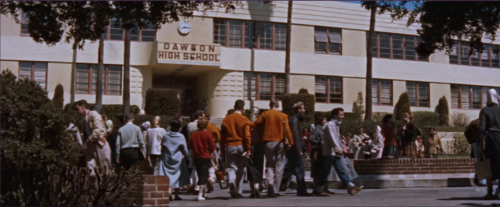
The loss of the History Building generated a community controversy that left distrust and suspicion of the School District in its wake, and bitterness is still felt among some community leaders in Santa Monica. The modernization of the historic English Building will go a long way towards repairing and restoring our community support for the District’s planning.
The Conservancy supports preserving and revitalizing the Samohi English Building.
Let’s make history part of our future!
Image credits from top to bottom: (1) The English Building at Santa Monica High School. 7th Street Elevation composite: Nina Fresco. (2) Interior of the Santa Monica High School Library, Padilla Studios, 192-. Santa Monica Public Library Image Archives, Santa Monica Unified School District Collection. (3) Samohi’s former History Building in a still from Rebel Without a Cause where it served as the location for “Dawson High School” in 1955.

